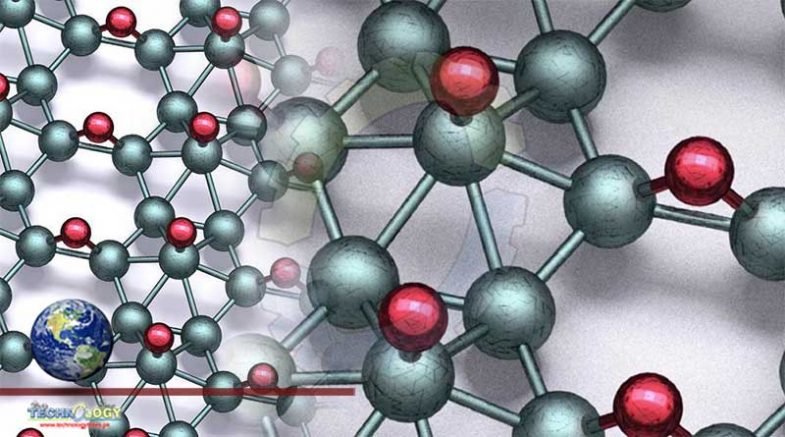Scientists have introduced ultra-strong material 2D borophane, which they see one day finding use in advanced forms of electronics.

The world of 2D material science is an exciting one where new advances continue to open up new possibilities, most notably through adaptations of the wonder material graphene. Scientists in the US have introduced a new player to this game in the form of an ultra-thin, ultra-strong material they’ve dubbed 2D borophane, which they see one day finding use in advanced forms of electronics.
The result of a collaboration between researchers at Northwestern University, the University of Florida and the Argonne National Laboratory, the production of borophane starts with sheets of boron measuring just a single atom in thickness. This is known as borophene, which was first synthesized in 2015 and has since formed the basis of other novel materials, such as a spherical-cage-shaped borospherene.
With great strength and flexibility, borophene has plenty of promise in everything from batteries to sensor technologies, but it also has its share of drawbacks. It is difficult to produce and reacts negatively with open air, quickly oxidizing to become highly unstable and easily change shape.
The scientists behind borophane have come up with a way to overcome these hurdles. The novel material was created by growing borophene on a silver substrate before exposing it to hydrogen, which creates complex, two-atom-thick arrangements of boron and hydrogen atoms. This structure was confirmed through a combination of computer vision and scanning tunneling microscope imaging.
“Borophene by itself has all kinds of problems,” says Mark Hersam, Professor of Materials Science and Engineering at Northwestern University. “But when we mix borophene with hydrogen, the product suddenly becomes much more stable and attractive for use in the burgeoning fields of nanoelectronics and quantum information technology.”
The scientists list a number of areas where borophane could have an impact, including solar cells, batteries and electronic devices. They do say that its properties could lend themselves particularly well to electronics that rely on light for superior performance, a field known as optoelectronics that encompasses everything from more efficient computer chips to advanced LED displays.
“What is really encouraging from our results is that we found a borophane nanosheet on a silver substrate to be quite stable, unlike borophene,” says Pierre Darancet, nanoscientist at Argonne’s Center for Nanoscale Materials. “This means it should be easily integrated with other materials in the construction of new devices for optoelectronics, devices combining light with electronics.”
Originally published at News Atlas
